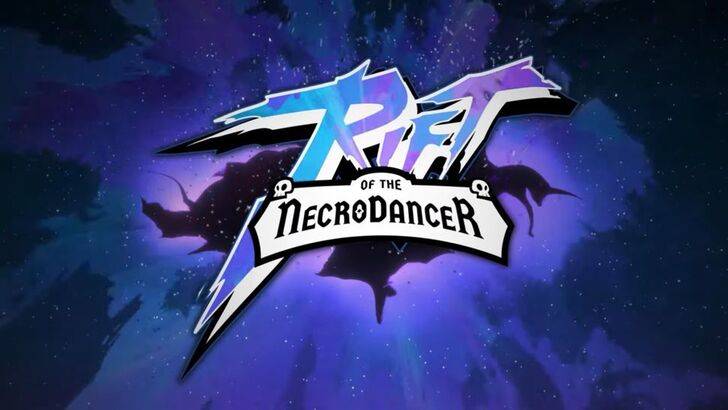How Frank Miller Returned to Daredevil for Born Again
In the mid-1980s, Marvel Comics was riding high on a wave of success, both creatively and financially. Having overcome the financial struggles of the late 1970s, largely thanks to the Star Wars franchise, Marvel was poised to revolutionize the comic book industry with the launch of Secret Wars in 1984. This event not only reshaped the Marvel Universe but also had a profound impact on the industry as a whole, setting new directions for Marvel's heroes and villains for years to come.
This period also saw the release of several iconic stories, including Frank Miller's Born Again arc in Daredevil, the return of Jean Grey in X-Factor, and Walt Simonson's Surtur Saga in Thor, among others. In this article, we'll delve into these pivotal narratives and other significant stories from the same era. Join us as we continue our exploration of Marvel's essential issues in Part 8 of our series!
More Essential Marvel
- 1961-1963 - The Birth of a Universe
- 1964-1965 - The Sentinels Are Born and Cap Dethaws
- 1966-1969 - How Galactus Changed Marvel Forever
- 1970-1973 - The Night Gwen Stacy Died
- 1974-1976 - The Punisher Begins His War on Crime
- 1977-1979 - Star Wars Saves Marvel From Bankruptcy
- 1980-1982 - Did the Dark Phoenix Saga Usher in the Greatest Decade for Marvel?
Frank Miller's Born Again and Walt Simonson's Surtur Saga
For some of the most acclaimed storylines of this era, look no further than Born Again, Frank Miller's return to writing Daredevil, this time with David Mazzuchelli on art. Spanning Daredevil #227-233, this arc is often considered the definitive Daredevil story. It begins with Karen Page, in a desperate state of addiction, selling Daredevil's secret identity for heroin. The information eventually reaches the Kingpin, who uses it to systematically dismantle Matt Murdock's life, leaving him homeless, jobless, and isolated. At his lowest point, Matt is rescued by his mother, a nun named Maggie.
Matt's gradual return to his role as Daredevil, coupled with the Kingpin's descent into fanaticism, crafts a compelling narrative. This story was loosely adapted in Season 3 of Netflix's Daredevil and will inspire the upcoming Disney+ series, Daredevil: Born Again.
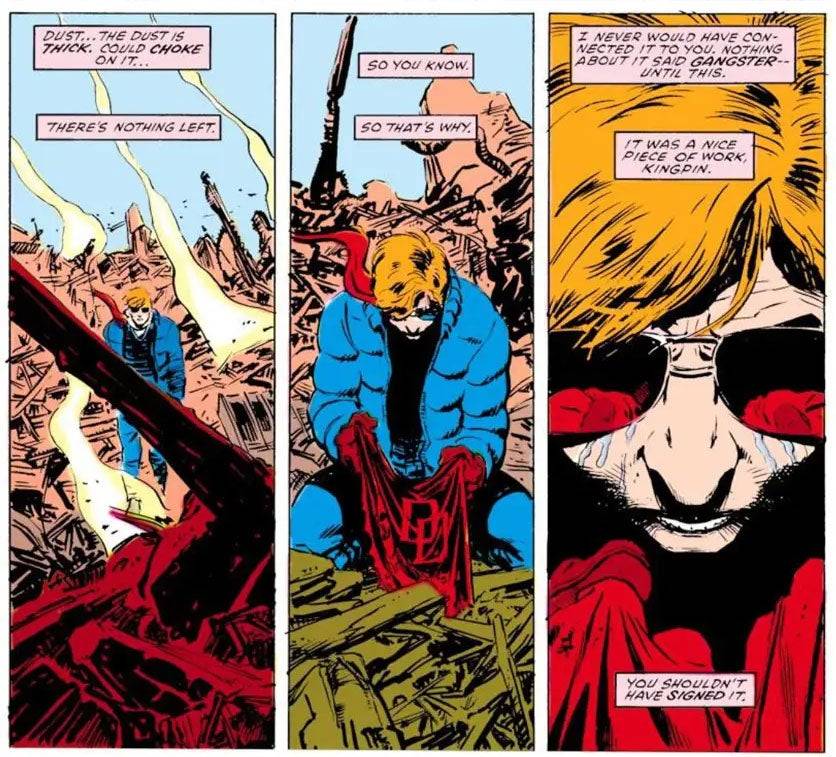
Another iconic saga from this period is Walt Simonson's Surtur Saga in Thor. Taking over as writer and artist starting with Thor #337 in 1983, Simonson introduced Beta Ray Bill, an alien worthy of wielding Mjolnir. His work returned Thor to its mythic roots, culminating in the year-long Surtur Saga from #340-353. The saga follows the fire demon Surtur's quest to bring about Ragnarok using the Twilight Sword, with Thor facing off against new nemesis Malekith the Accursed. The story reaches its climax with Thor, Loki, and Odin united against Surtur. Elements of this saga were later incorporated into the films Thor: The Dark World and Thor: Ragnarok.
Secret Wars Changes Comics Forever
In Part 4 of this series, we explored how the 1973 Avengers/Defenders War foreshadowed the event crossovers that would become a staple for Marvel and DC. This trend fully materialized in 1984 with Secret Wars, a 12-issue miniseries crafted by then Editor-in-Chief Jim Shooter, with art by Mike Zeck and Bob Layton. Conceived as a marketing tie-in with Mattel's toy line, the story revolves around the cosmic entity, the Beyonder, who transports a group of Marvel heroes and villains to Battleworld to determine the supremacy of good versus evil. The series, while popular for its large cast and universe-altering effects, is often critiqued for its focus on action over character development. Despite this, Secret Wars paved the way for its sequel, Secret Wars II, and alongside DC's Crisis on Infinite Earths, established the event-driven storytelling model that would dominate the industry for decades.
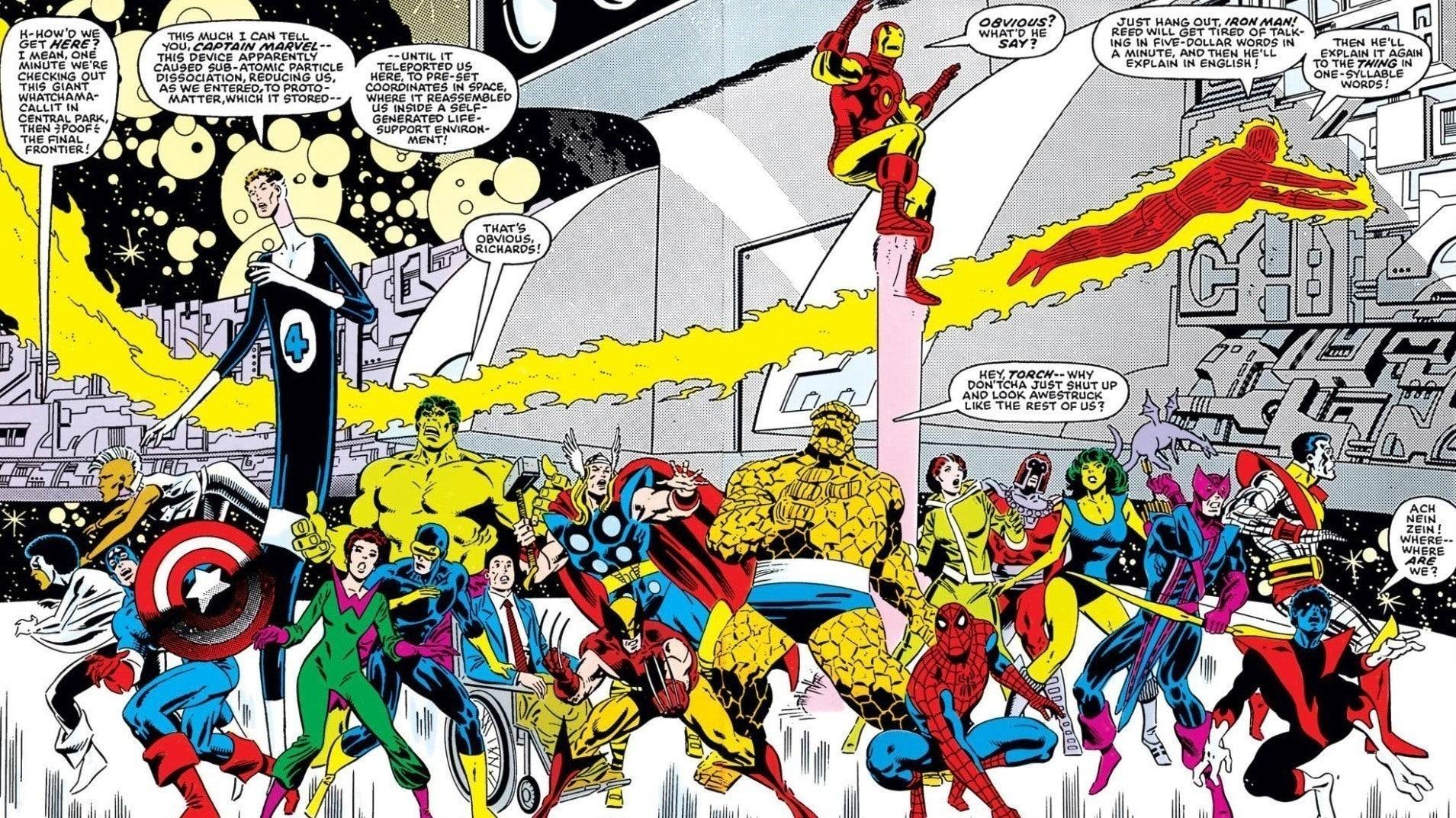
Spider-Man’s Symbiote Suit and Other Iconic Spidey Stories
Following the foundational runs by Stan Lee and Gerry Conway, Amazing Spider-Man found its next iconic writer in Roger Stern. Starting with issue #224, Stern revitalized the series, introducing the Hobgoblin in #238, who quickly became one of Spider-Man's most formidable adversaries. Stern's original Hobgoblin saga, though cut short by his departure after #251 due to editorial issues, was later concluded by Stern himself in the 1997 miniseries Spider-Man: Hobgoblin Lives.
Just as Stern left, Amazing Spider-Man #252 introduced Spider-Man's black symbiote costume, which debuted on Battleworld in Secret Wars #8. This costume sparked a significant subplot leading to the emergence of one of Spider-Man's most iconic villains. The symbiote saga has been adapted numerous times, including in Spider-Man 3, Spider-Man: The Animated Series, Spectacular Spider-Man, and Insomniac's Spider-Man 2. Another notable story from this period is The Death of Jean DeWolff in Spectacular Spider-Man #107-110, penned by Peter David and Rich Buckler. This dark tale sees Spider-Man hunting the Sin-Eater, who killed his ally Jean DeWolff, and clashing with Daredevil over justice.

Jean Grey Returns, the Rise of Apocalypse, and Other Mutant Landmarks
The mid-1980s were also a transformative time for Marvel's mutants. Vision and the Scarlet Witch #4 confirmed Magneto as the father of Quicksilver and Scarlet Witch, a revelation that remained canon for decades. X-Men #171 saw Rogue switch sides from the Brotherhood of Evil Mutants to the X-Men, cementing her status as a beloved heroine. Similarly, X-Men #200 marked Magneto's transition to a more heroic role, taking charge of Xavier's School for the Gifted. This storyline was later adapted in the second episode of X-Men '97.
The most significant mutant developments of this period were the resurrection of Jean Grey and the introduction of Apocalypse. Jean Grey returned in a two-part story across Avengers #263 and Fantastic Four #286, with the explanation that the Phoenix Force had created a duplicate body. This led to the formation of X-Factor with the original X-Men. In X-Factor #5-6, Louise Simonson and Jackson Guice introduced Apocalypse, an ancient mutant merged with Celestial technology, who became a central antagonist in the X-Men universe and a staple in various adaptations, including the 2016 film X-Men: Apocalypse.
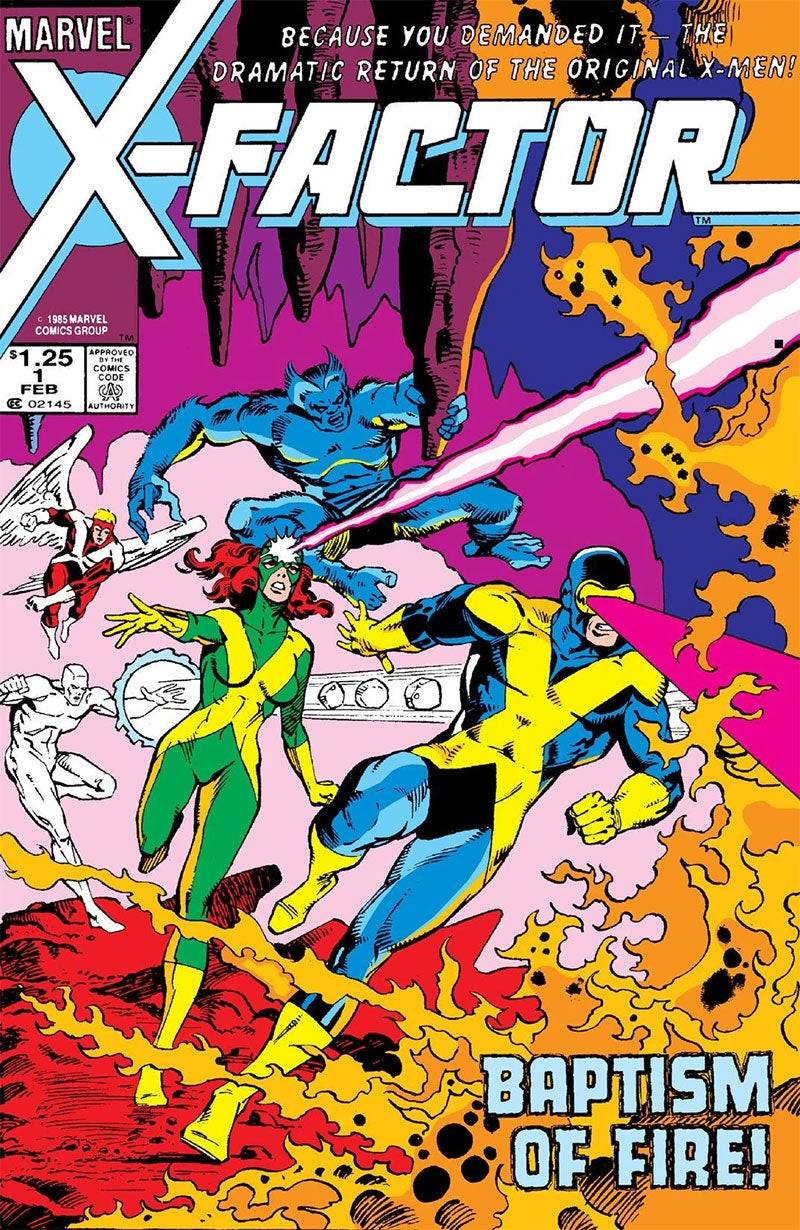
-
1
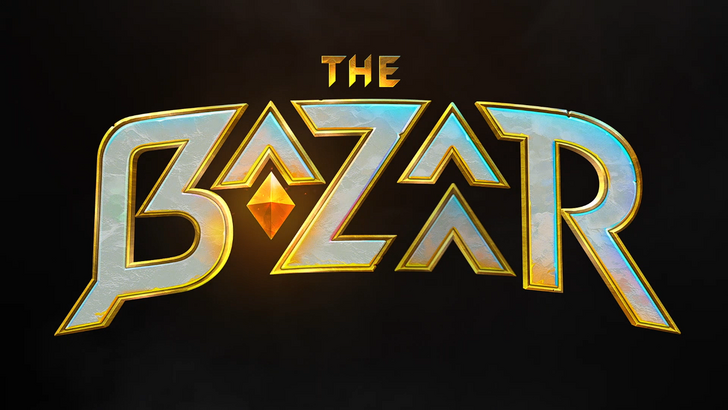
Announcing the Bazaar Release: Date and Time Unveiled
Feb 02,2025
-
2

Andrew Hulshult 2024 Interview: DOOM IDKFA, Blood Swamps, DUSK, Iron Lung, AMID EVIL, Music, Guitars, Cold Brew Coffee, and More
Jan 07,2025
-
3

Professor Doctor Jetpack is a Pixel Art Precision Platformer Now Out on Android
Dec 30,2024
-
4
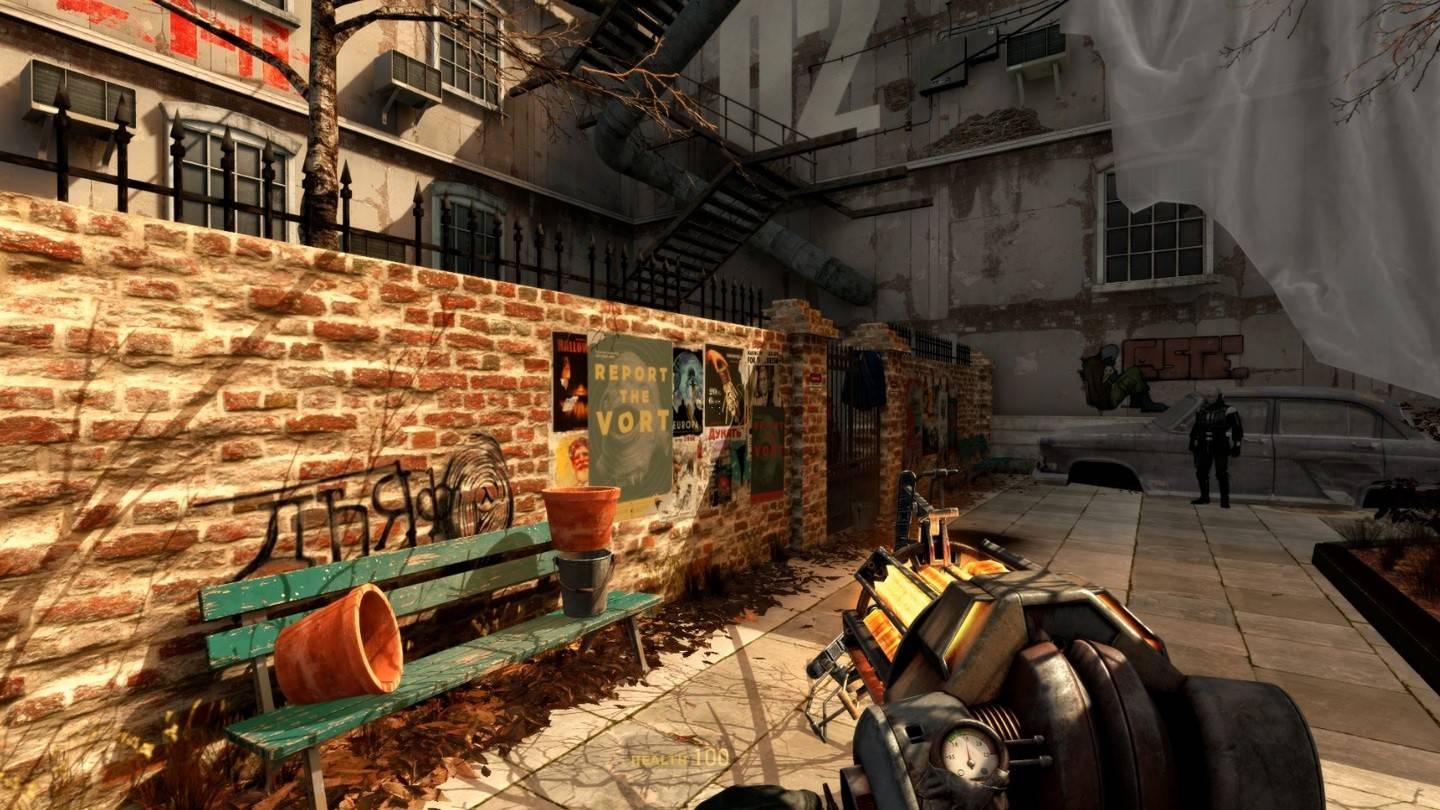
A demo of the fan-made sequel Half-Life 2 Episode 3 Interlude has been released
Jan 05,2025
-
5
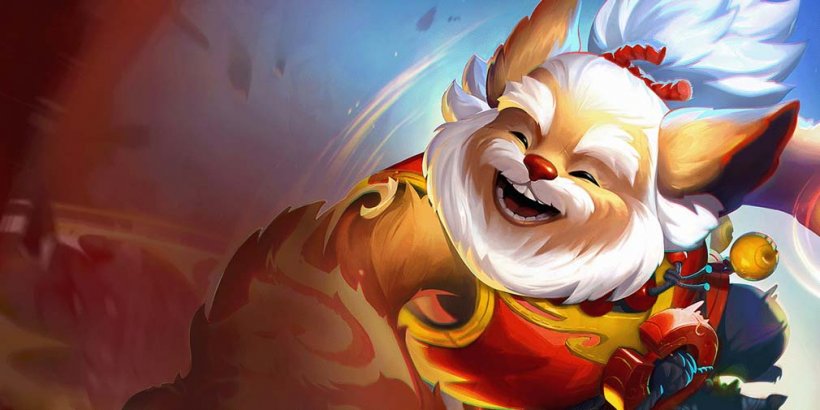
Teamfight Tactics 14.14 Patch Notes: Inkborn Fables Finale
Jan 11,2025
-
6

Android Welcomes Virtual Pet Haven: Pet Society Island
Jan 09,2025
-
7

Switch 2: Summer 2024 Launch Expected
Dec 11,2024
-
8

Sword Master Story Is Celebrating Its 4th Anniversary with Tons of Freebies!
Jan 09,2025
-
9

All Camo Challenges in Call of Duty: Black Ops 6 Zombies
Jan 05,2025
-
10
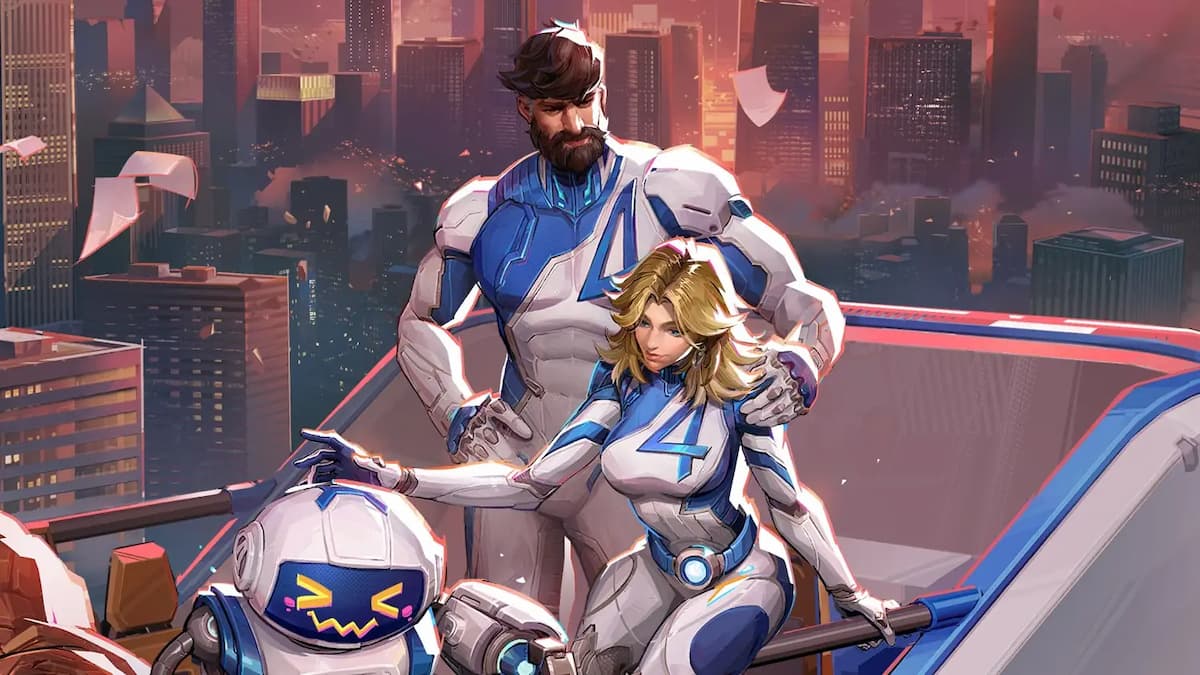
Marvel Rivals Unveils Season 1 Release Date
Feb 02,2025
-
Download

Ben 10 A day with Gwen
Casual / 47.41M
Update: Dec 24,2024
-
Download

A Simple Life with My Unobtrusive Sister
Casual / 392.30M
Update: Dec 10,2024
-
Download
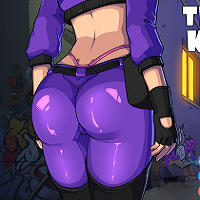
The Lewd Knight
Casual / 1210.00M
Update: Jan 02,2025
-
4
Kame Paradise
-
5
Chumba Lite - Fun Casino Slots
-
6
Little Green Hill
-
7
I Want to Pursue the Mean Side Character!
-
8
Evil Lands: Online Action RPG
-
9
Lost Fairyland: Undawn
-
10
Hero Clash


